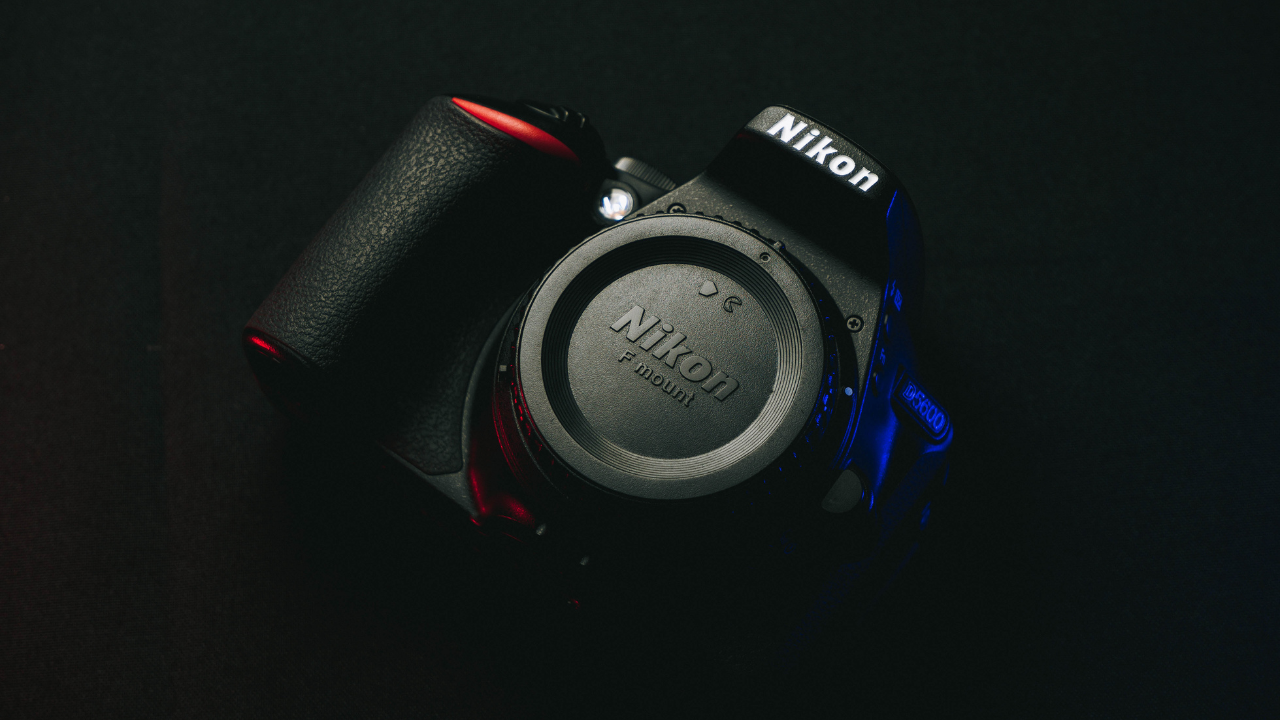When it comes to video podcasting, choosing the right camera is crucial for capturing high-quality footage that engages your audience. Several factors contribute to selecting the best camera for this purpose, including resolution, lens options, connectivity, and ease of use.

Also, Read: Best Cameras For Vintage Photos
Resolution
A key consideration is the camera’s resolution, which determines the clarity and sharpness of your video. Look for cameras that offer at least Full HD (1080p) resolution, preferably with the option for 4K recording. This higher resolution provides more detail, making your content visually appealing, especially on platforms that support 4K playback.
Sensor Size
The sensor size impacts image quality and low-light performance. Cameras with larger sensors, such as APS-C or full-frame sensors, generally produce better-quality images and videos, especially in challenging lighting conditions. Consider cameras with larger sensors for superior video quality.
Lens Options
Having a range of compatible lenses expands your creative possibilities. Interchangeable lens cameras (ILCs), such as DSLRs and mirrorless cameras, offer versatility in choosing lenses suitable for different shooting scenarios. Look for cameras with a variety of lenses available to enhance your video podcasting setup.
Autofocus System
A reliable autofocus system is essential for maintaining a sharp focus on your subjects, especially during live recordings or interviews. Cameras with advanced autofocus technology, such as phase-detection or dual-pixel autofocus, ensure smooth and accurate focusing, enhancing the overall video quality.
Low-Light Performance
Good low-light performance is crucial for capturing clear videos in dimly lit environments. Cameras with larger sensors and high ISO capabilities perform better in low light, reducing noise and preserving details even in challenging lighting situations.
Connectivity Options
Consider the camera’s connectivity features for seamless integration into your podcasting setup. Look for cameras with HDMI output for live streaming or connecting to external monitors. Built-in Wi-Fi and Bluetooth capabilities allow for wireless file transfer and remote control, enhancing workflow efficiency.
Audio Inputs
While the camera’s video quality is essential, don’t overlook audio quality. Look for cameras with built-in or external microphone inputs for capturing clear and crisp audio. External microphones, such as Lavalier or shotgun mics, can significantly improve sound quality, especially in noisy environments.
User-Friendly Interface
An intuitive and user-friendly interface makes operation smoother, especially for solo podcasters. Consider cameras with touchscreen displays, customizable settings, and ergonomic designs for a more comfortable recording experience.
Durability and Portability
Durability is important, especially if you plan to shoot outdoors or in challenging conditions. Weather-sealed cameras offer protection against dust and moisture, ensuring reliability in various shooting environments. Additionally, consider the camera’s size and weight for portability and ease of transport.
Nikon D7500 DSLR Camera
No products found.
Budget
Finally, consider your budget when choosing a camera for video podcasting. While high-end cameras offer advanced features and superior performance, there are also budget-friendly options with excellent video capabilities suitable for starting podcasters.
The best camera for video podcasting combines high-resolution video recording, versatile lens options, reliable autofocus, good low-light performance, connectivity features, audio inputs, user-friendly interface, durability, portability, and budget considerations.
By evaluating these factors based on your podcasting needs and preferences, you can select a camera that enhances the quality of your video content and engages your audience effectively.